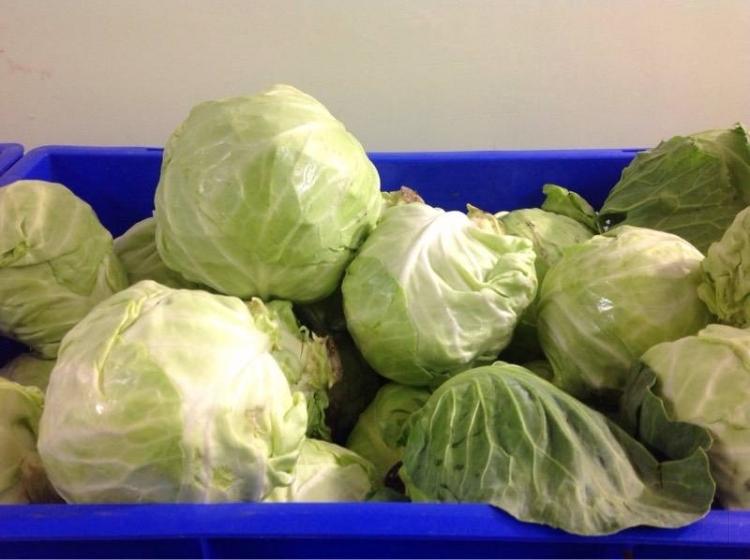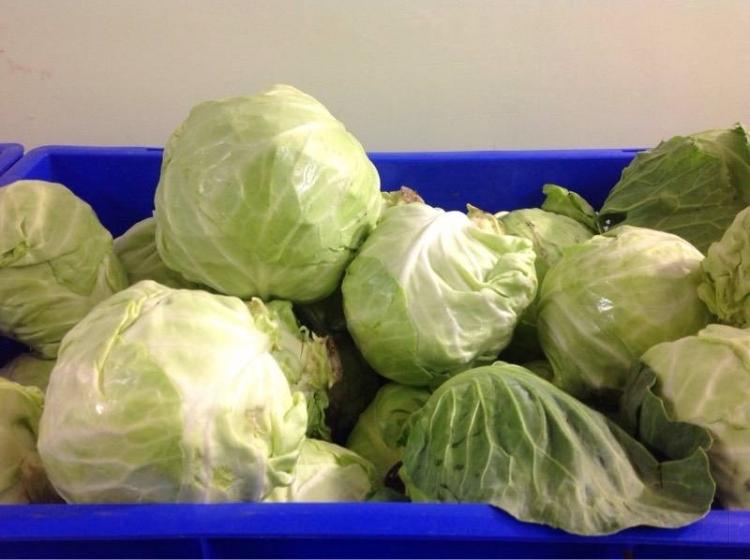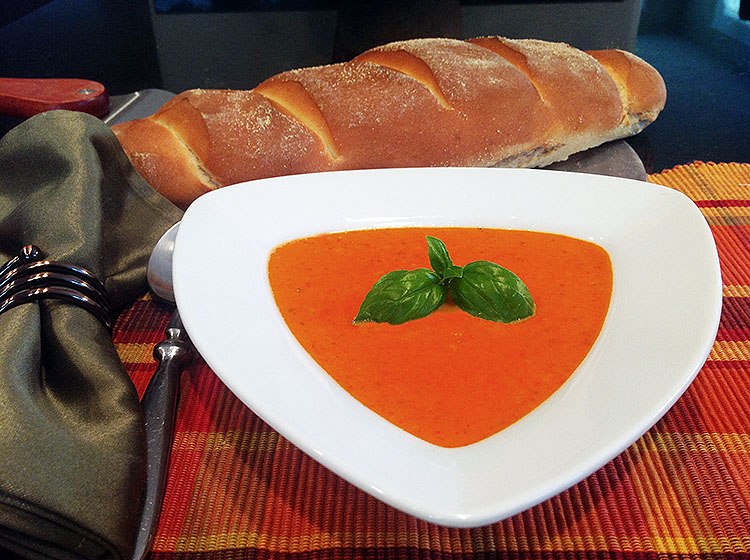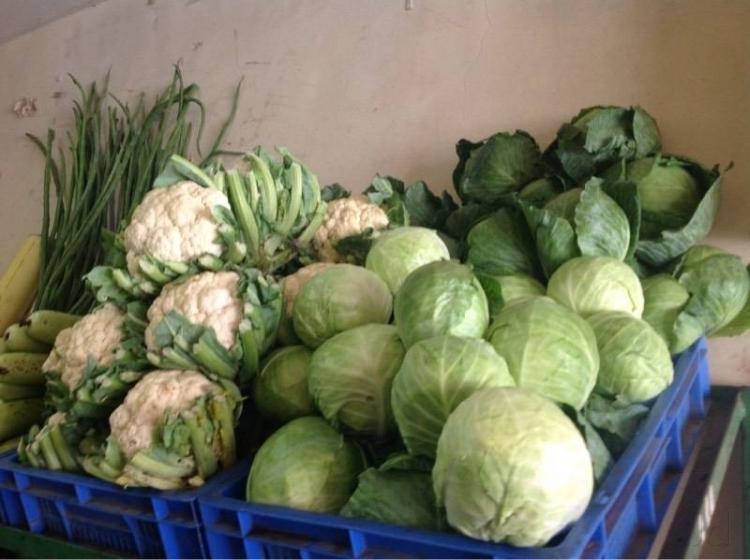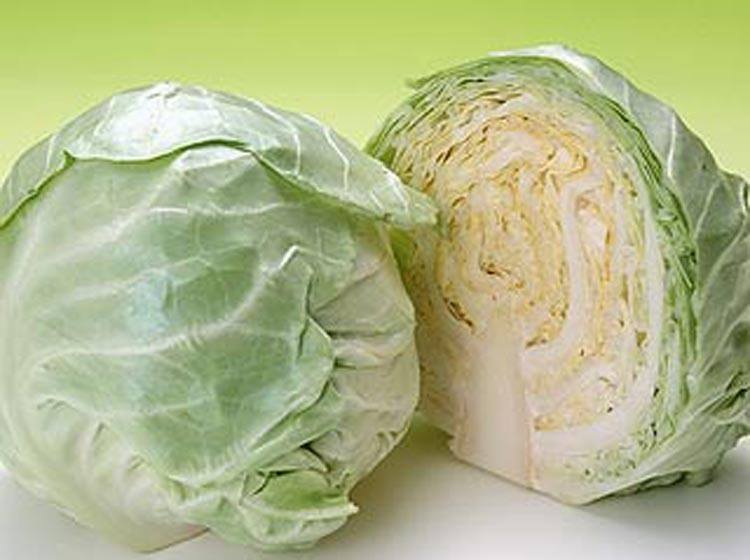
Cabbages have been a favorite ingredient for detoxifying or weight loss diets. They are a natural source of vitamins K, C, B6, manganese, and fiber, so this is not a huge wonder.
The Cabbage Soup Diet is an example of a weeklong meal plan with this green vegetable as the spotlight. Although the diet focuses mainly on cabbages, red meat (primarily beef) and chicken are often included in the 7-day plan to balance everything out. Despite this, there are many alternative ways to twist your Cabbage Soup Diet into purely a plant-based one, without risking the balance (and taste!) of your meals.
Vegetable broth
Cabbage soup is a simple but hearty bowl of cabbages and veggies. People often use chicken broth for the soup because water alone does not make a really tasty soup, and salt is not allowed to be used anytime in the week, too. Alternatively, you can create a wonderful bowl of this by using vegetable broth instead.
Vegetable broth can be easily made by anyone. Boil vegetables in a pot until softened, and you can add as much thymes, bay leaves, or parsley to taste. What is so great about this is that you can use even vegetable scraps, so it’s a great way of putting those leftovers to good use.
Tropical fruits
The first day of the Cabbage Soup Diet includes eating as much fruits as you want. For most, apples might be the first that will come to mind. However, there are much more exotic and nutrient-dense fruits that are better than our timeless favorite apples.
Most tropical fruits contain low calories, more vitamin C, and less sugar compared to most fruits usually sold at the local grocery.
Here are three summer-themed fruits that you should give a try:
- Papayas. They are high in water content and low in sugar. Aside from being refreshing, they are great for digestion, and they go really well with apples for creating smoothies.
- Ripe mangoes. They are sweet and easy to digest. They contain more vitamin C than average oranges and make delicious smoothies as well.
- PineapplesThey give the same amount of fiber that apples do, but contain up to 50% less sugar. Pineapples are also bursting with vitamin C and are great for your skin.
Vegetable Chili
Day Two is vegetable day, which means you can get as much vegetables as you want, which are preferably steamed or raw. Although the thought of consuming any kind and amount of vegetable except corn, dry beans, and peas sounds satiating, many have testified that getting through the second day is harder that it seems.
The good thing is that you are allowed to feast on a plate of baked potato at the end of this day, and a way to, literally, spice up this dish is by adding vegetable chili. Vegetable chili is made from simple ingredients like onions, peppers, mushrooms, tomatoes, paprika, chili powder, and cumin, to name the most basic ones.
Spicing up your baked potato adds an exciting twist at the end of your second day, and you can repeat the recipe to create a fruit and vegetable salad for the third day, which is a combination of the first and second day.
Soy Milk
In the fourth day of the diet, you will have to consume bananas and milk. Instead of skim milk, drink as much glasses of soy milk instead.
Many fall for the trap of buying skim milk and nonfat milk. However, soy milk is healthier and much more natural, each cup bursting with protein content and possessing the least amount of fat among most milk alternatives.
A lot of nutrients and vitamins are lost during the process of skimming fat from milk. Thus, synthetic vitamins are used to replace all those. Soy milk, a natural product of soya, is much more recommended over skim or nonfat milk, regardless of your dietary preferences.
Proteins
The last two to three days of the meal plan usually involves protein, like meat and fish. This can be a huge stumbling block if you aim to maintain a vegetarian diet.
It is a good thing that there are plenty of excellent plant protein sources. Snack on them individually or add them to ordinary dishes.
Here are some protein-rich plant products:
- Beans and lentils. They are rich in protein and can be added to almost any meal imaginable. Remember to avoid canned beans as they have preservatives that you do not want anywhere near your diet.
- They have high fiber content and can be added to your cabbage soup for extra texture. They can be eaten alone as a snack, too.
- They are crunchy, tasty, and most of all, rich in protein. Avoid processed or packed nuts that contain salt, sugar, and other taste enhancers.
- It is the best source of protein that contains the least amount of fat among all soya products. These can be grilled, crumbled as a salad topping, or eaten alone.
With a little bit of creativity, even the intimidating but effective Cabbage Soup Diet can be made tastier and easier without compensating your goal to lose some weight or be detoxified. Remember to stick to your goal and you will find yourself in the seventh day before you know it.

